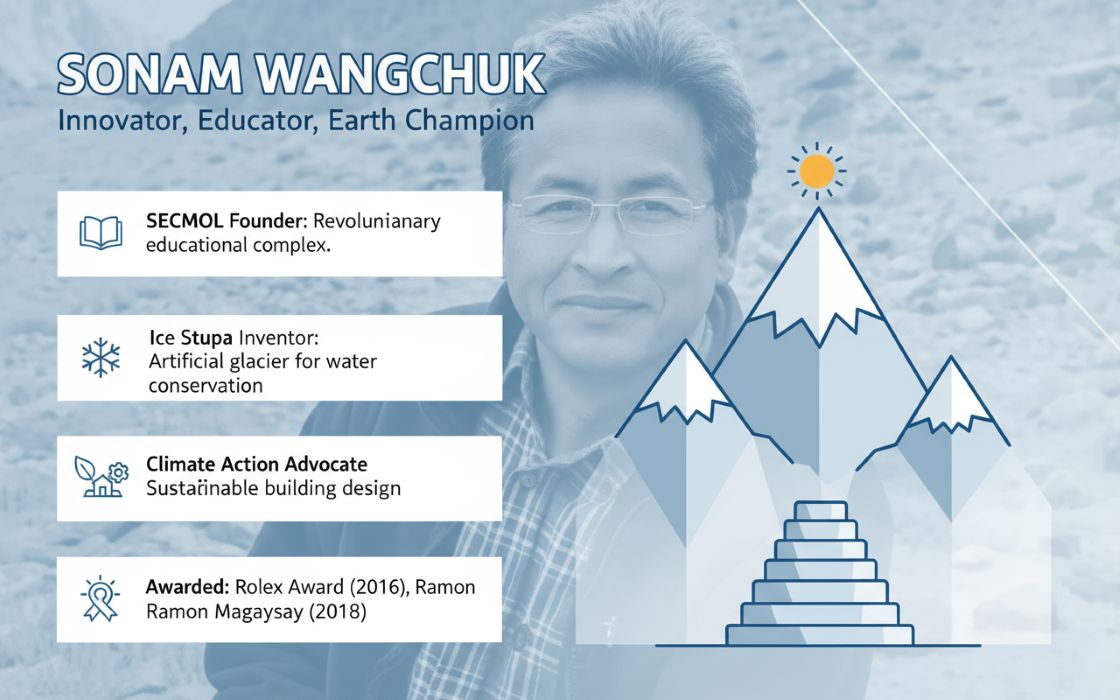New Delhi, July 16, 2025: As global fashion increasingly draws from Indian heritage crafts, the focus must shift from inspiration to inclusion—where artisans are collaborators, not just muses.
Italian luxury fashion house Prada has found itself in the middle of a cultural and commercial reckoning after its recent footwear design drew sharp comparisons—and criticism—for being heavily inspired by India’s iconic Kolhapuri chappals. Following online backlash and calls for cultural sensitivity, a Prada delegation landed in India last week to meet with local artisans in Kolhapur, Maharashtra—marking a significant turn in how global luxury brands engage with indigenous craft traditions.
While initial reactions accused Prada of cultural appropriation without due credit, the brand’s decision to directly engage with the artisans may now open the door to more inclusive, respectful, and mutually beneficial collaborations.
Kolhapuri chappals, handcrafted by generations of artisans using age-old techniques, are more than just footwear—they’re a symbol of India’s rich leatherworking heritage and cultural identity. What began as a controversy over alleged design plagiarism has now morphed into a larger conversation on how Indian artisans can stake their rightful claim on the global fashion map.
Reports confirm that Prada’s team visited several artisan hubs, interacted with craftspeople, and explored possibilities for authentic collaboration. While the details of a formal partnership are yet to be announced, the intent signals a shift in how luxury brands may begin to recognize and uplift traditional art forms.
Beyond Kolhapur: A Larger Artisan Narrative
This episode is not isolated. It reflects a broader pattern in global fashion, where heritage crafts from the Global South are often used as inspiration without economic or cultural reciprocity. However, change is underway. Several international labels have begun working directly with local artisan clusters to ensure shared value and traceability.
Examples include:
- Hermès, which collaborated with Indian textile weavers to reinterpret scarves with indigenous motifs.
- Stella McCartney, known for working with ethical supply chains and handcrafted embellishments sourced from developing economies.
- Anita Dongre’s Grassroot initiative, which collaborates with women artisans across India to create globally sold collections rooted in traditional crafts.
These models offer a blueprint for how fashion can be both global and grounded, luxurious yet inclusive.
The Indian government has taken notable steps to bring artisans into the formal economy and global markets. Initiatives like the One District One Product (ODOP) scheme, GI tagging for traditional crafts, and the India Handloom Brand under the Ministry of Textiles aim to give artisans greater market access, branding support, and price parity.
Additionally, platforms such as TRIFED (for tribal artisans), MSME clusters, and export promotion councils are increasingly pushing for better certification, packaging, and e-commerce integration.
However, real success lies in public-private convergence.
Foundations making an impact:
- Dastkar has been a long-standing champion for rural artisans, helping them exhibit in metropolitan markets and secure direct sales.
- Crafts Council of India promotes design innovation, skill development, and international exposure for craft-based communities.
- The Chanakya School of Craft, working with haute couture houses like Dior, has trained hundreds of artisans—especially women—to deliver globally competitive embroidery and craftsmanship.
Challenges on the Path Forward
Despite momentum, artisan-led global collaborations face persistent challenges:
- Intellectual Property (IP) protection remains weak, allowing global entities to reproduce designs without legal repercussions.
- Supply chain formalization is patchy, especially for micro-enterprises operating in informal or remote settings.
- Middlemen and market access continue to erode the actual earnings of artisans, even when products fetch high prices abroad.
- Skill dilution and migration also threaten continuity, as younger generations move away from traditional crafts due to limited livelihoods.
Editorial Insight: From Appropriation to Empowerment
At TheCSRUniverse, we believe that the Prada-Kolhapuri episode must serve as more than a PR recovery—it must become a platform for policy and industry transformation. If implemented with transparency and equity, global collaborations can give Indian artisans the recognition, economic dignity, and global visibility they’ve long deserved.
But partnerships must go beyond symbolism. They must involve co-design, fair contracts, skill upgradation, and community reinvestment. India’s craft sector is not just a heritage asset—it’s a vehicle for sustainable livelihoods, circular economy, and women’s empowerment.
As India positions itself as a global design and manufacturing hub, the time is ripe to spotlight its most undervalued creative force: the artisans.



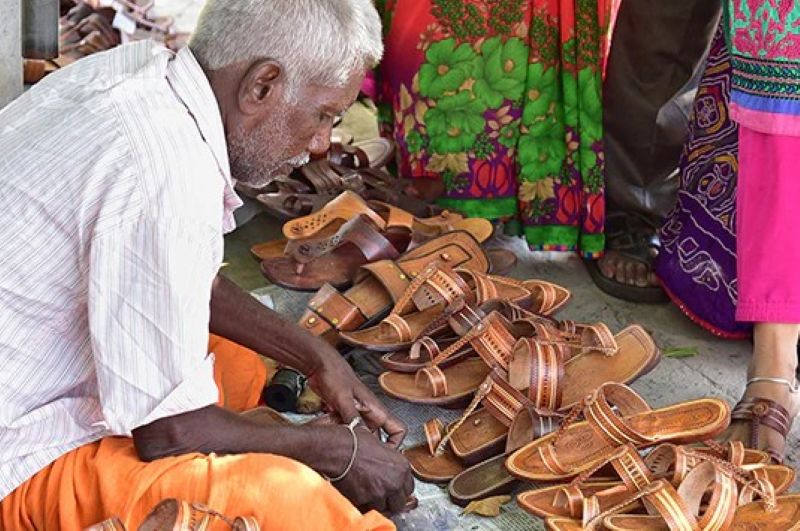
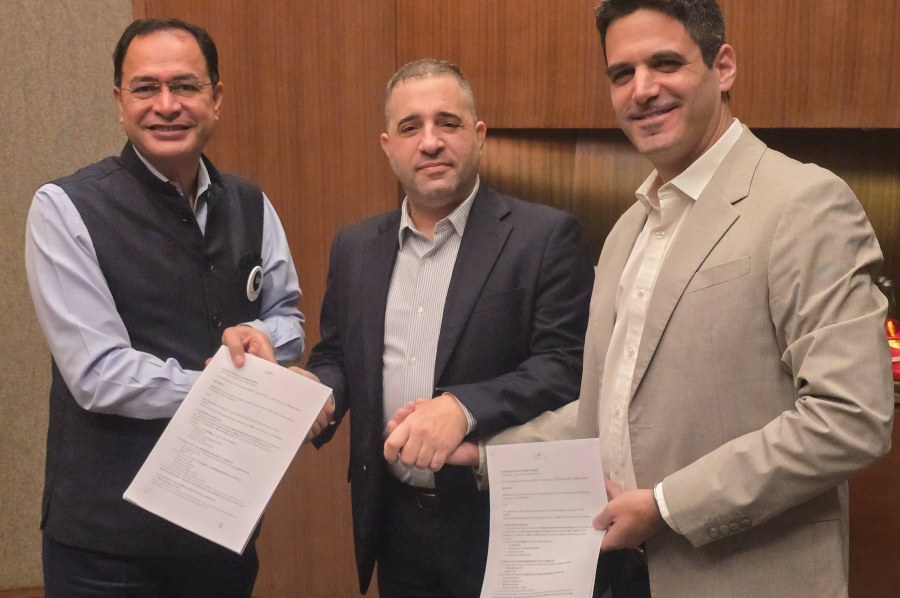

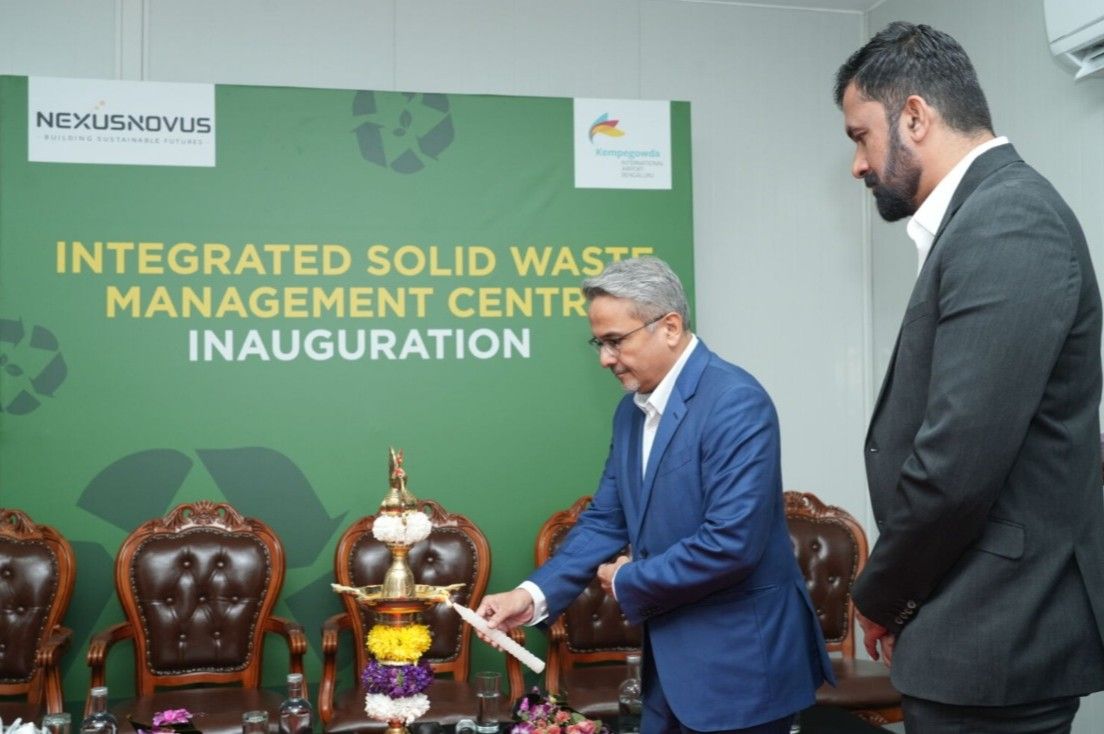

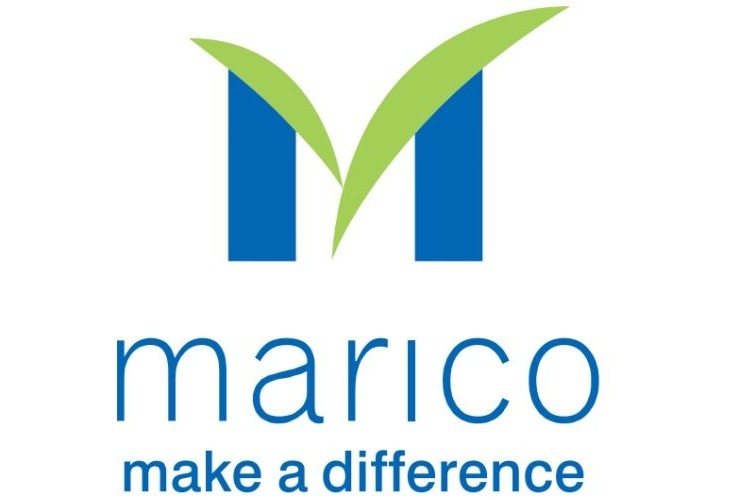
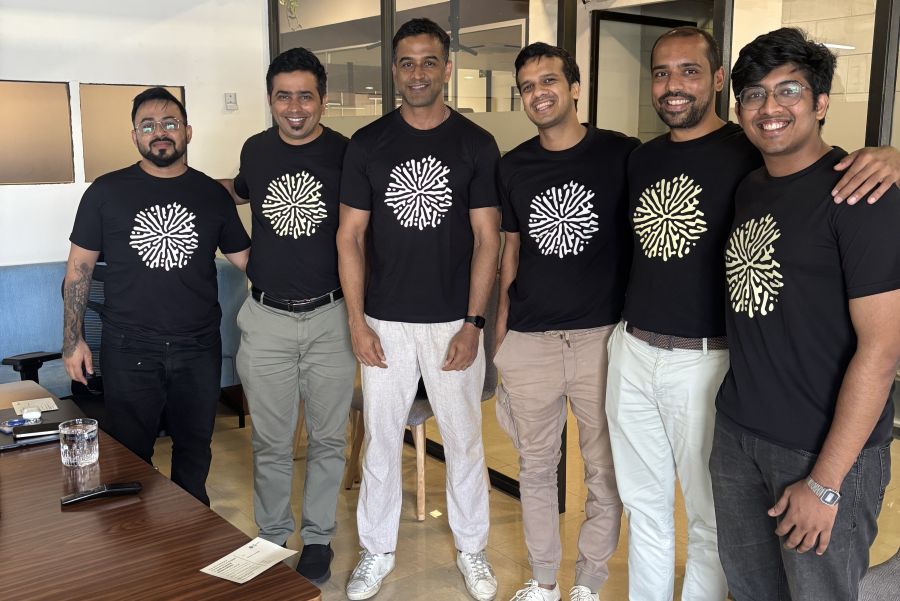
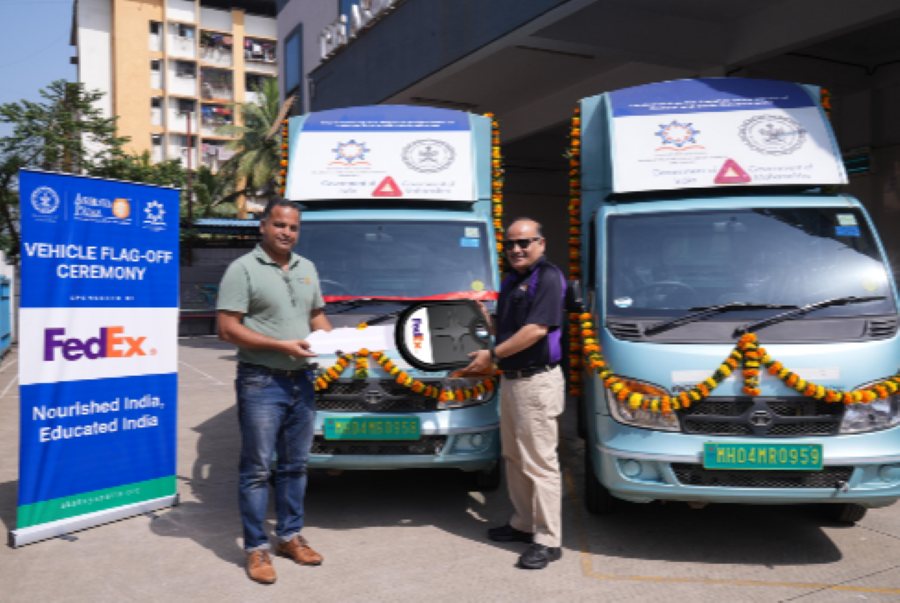
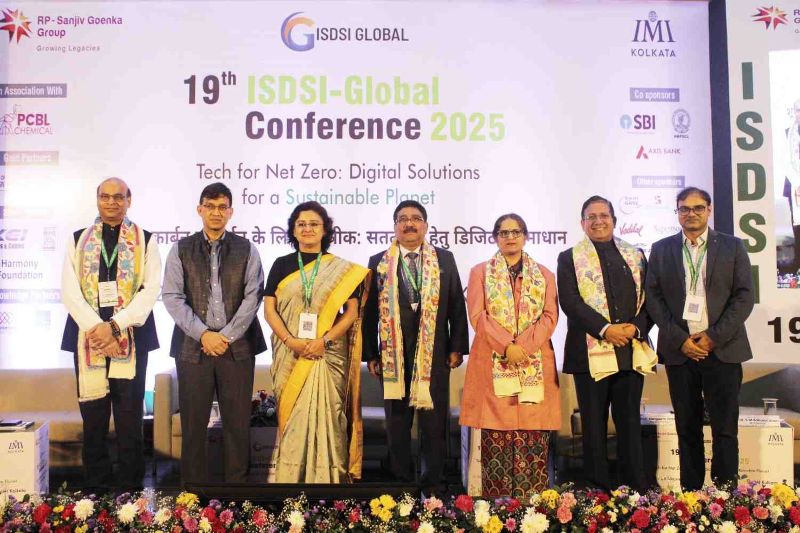
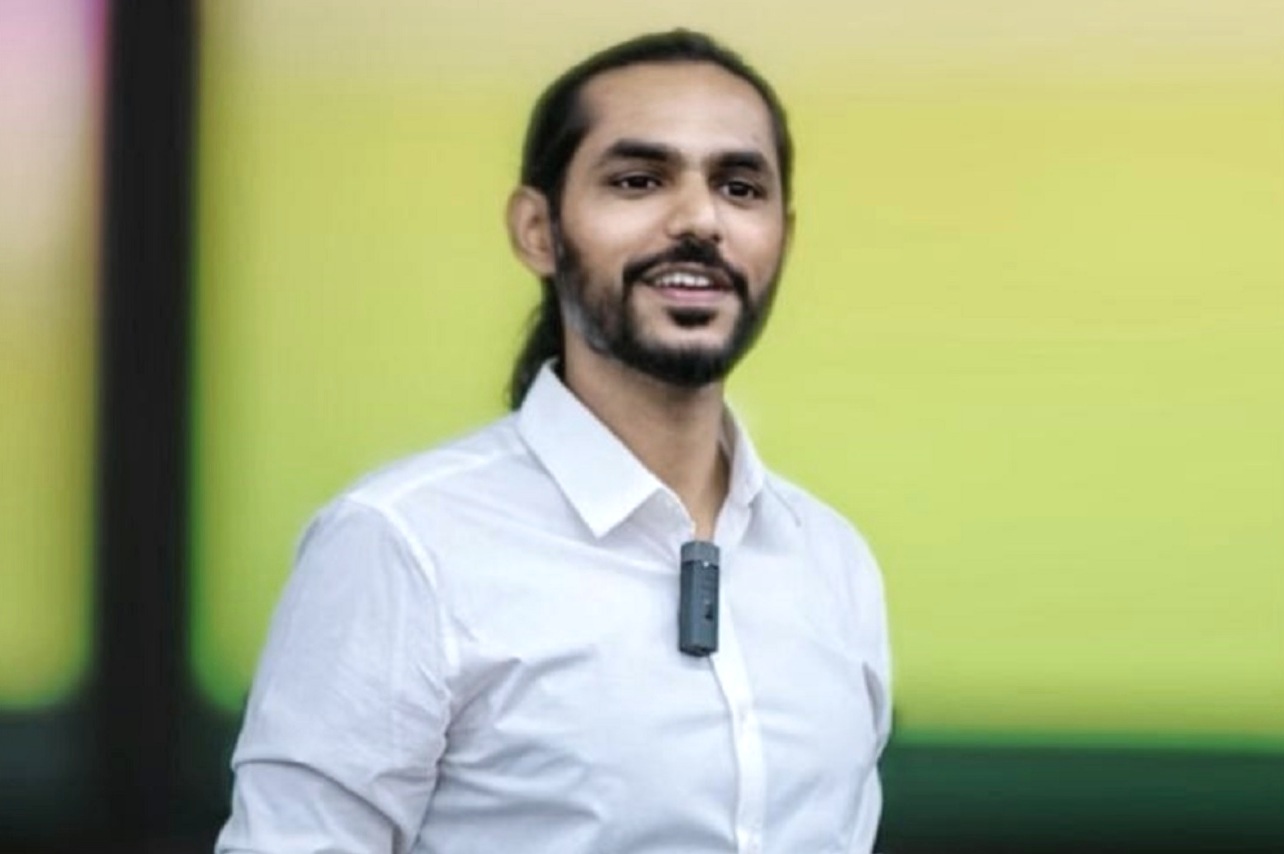


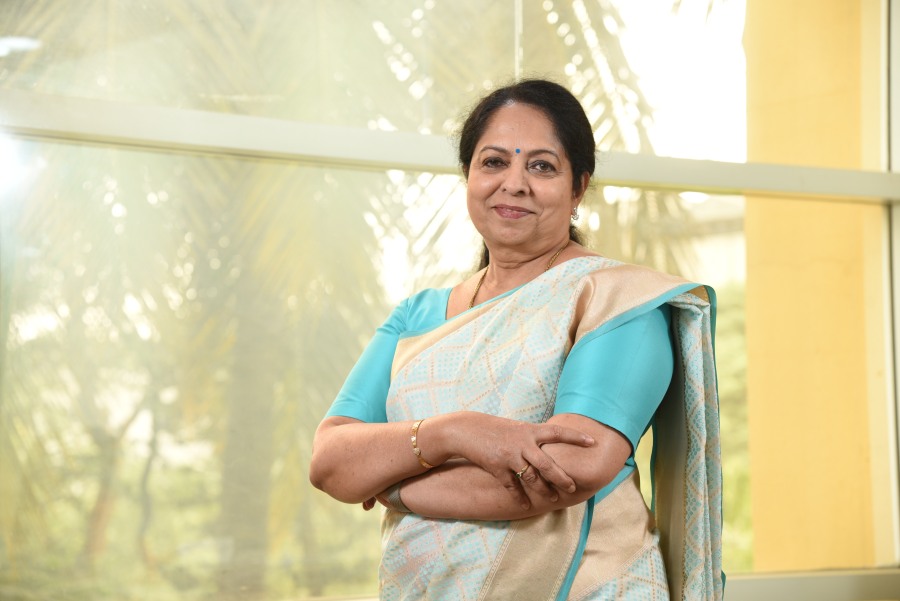
.jpg)

